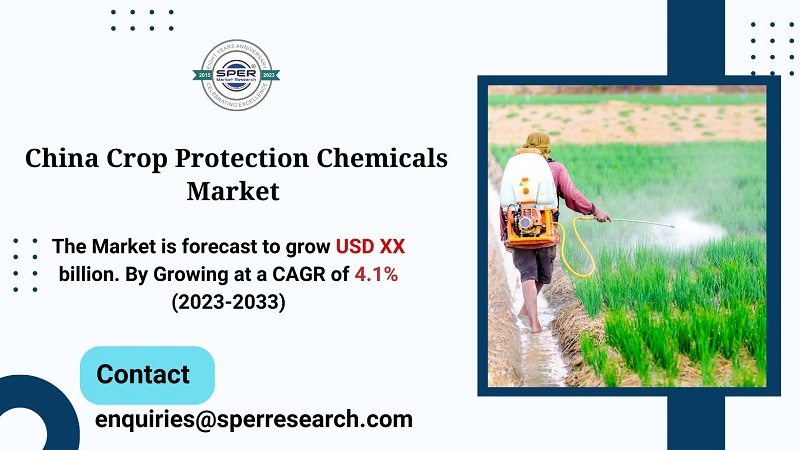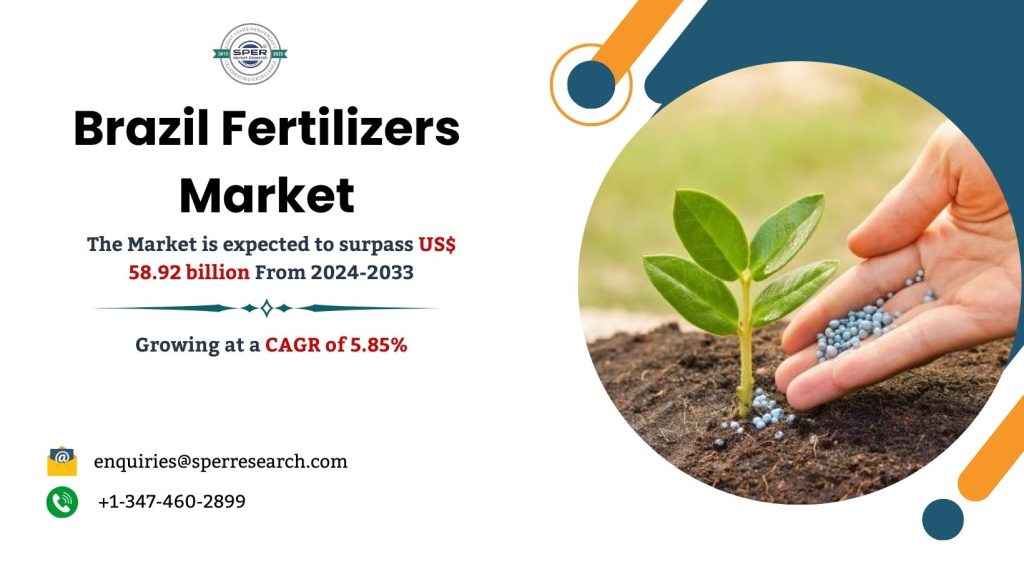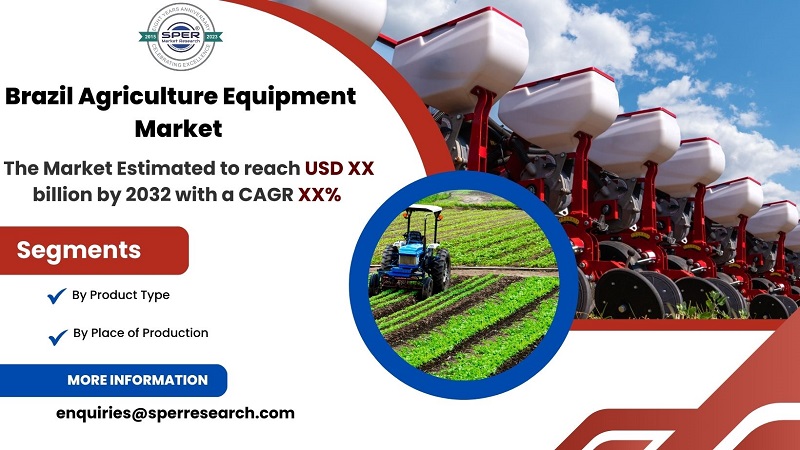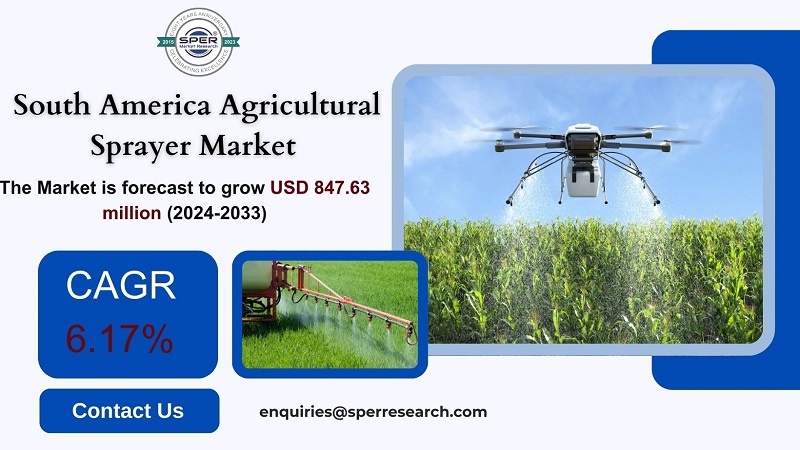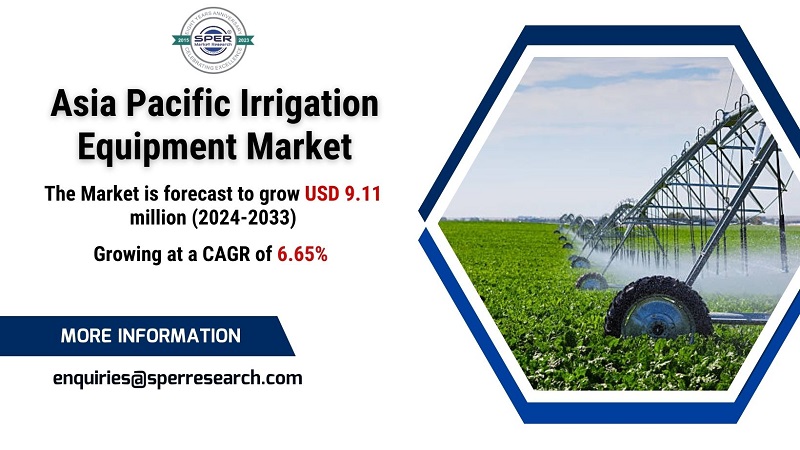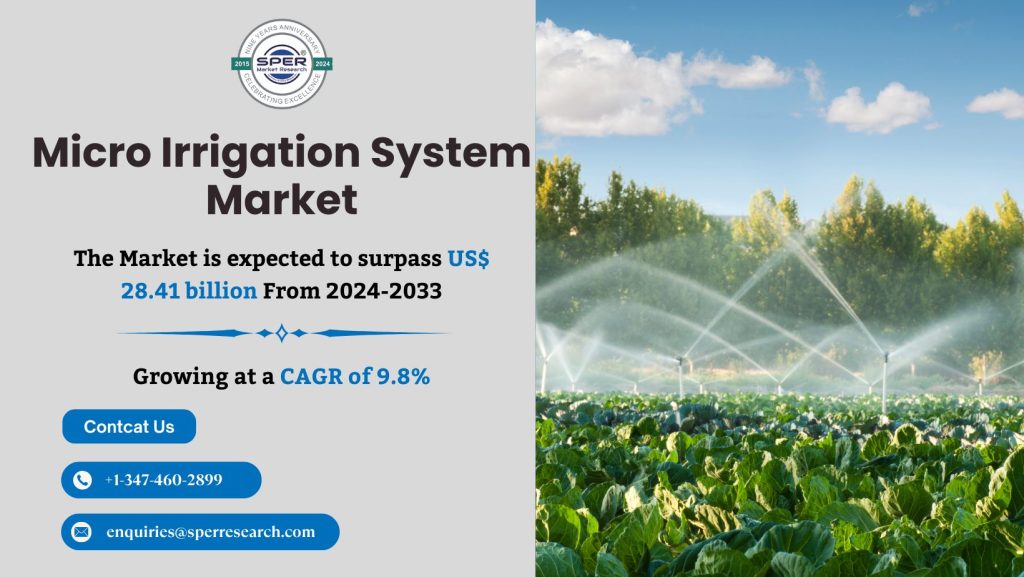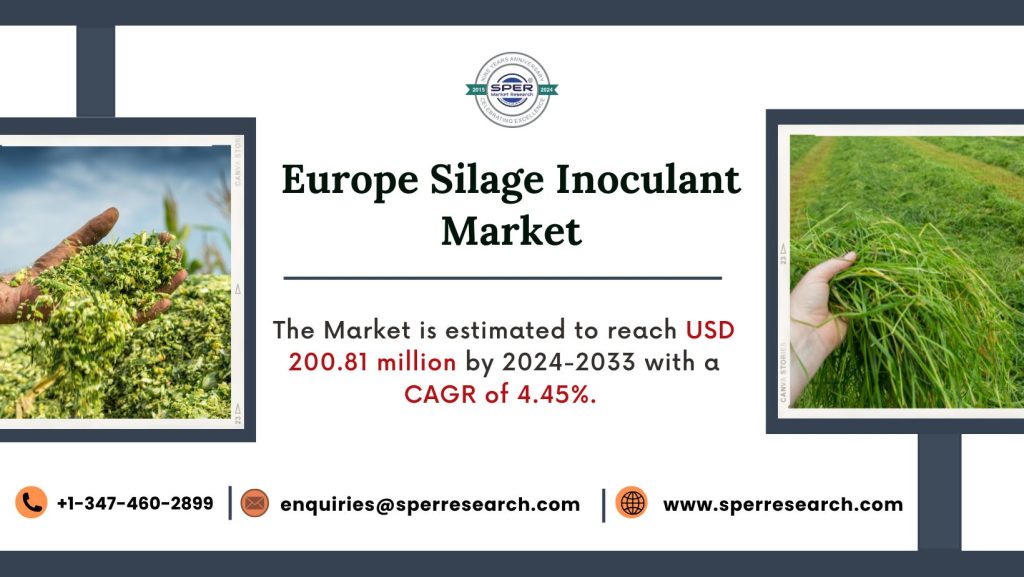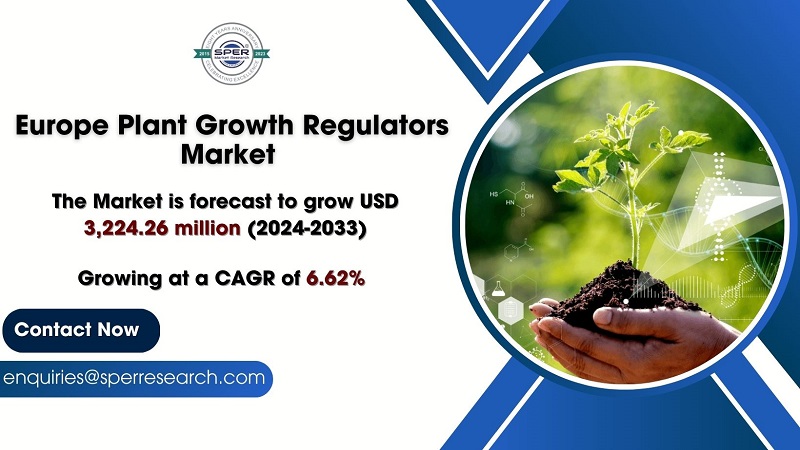Market Overview and Market Insights: Crop protection chemicals, also known as agrochemicals, are widely used in agriculture to combat plant diseases and minimize crop losses. These chemicals are categorized into fungicides, herbicides, and insecticides. They are essential for managing pests and diseases that can harm, destroy, or infect crops. By utilizing crop protection agents, farmers can enhance crop productivity, ensure food security, and boost overall yields. These chemicals are applied across various crop types, including cereals, grains, fruits, vegetables, oilseeds, and pulses.
According to SPER Market Research, the report titled ‘Thailand Crop Protection Chemicals Market Size- By Product Type, By Origin, By Crop Type, By Form, By Application- Regional Outlook, Competitive Strategies, and Segment Forecast to 2033’ projects that the Thailand crop protection chemicals market will reach USD 1.49 billion by 2033, growing at a compound annual growth rate (CAGR) of 5.52%.
Drivers: The growth of this market is largely driven by favourable tax policies in Thailand, which encourage the use of these chemicals to protect crops from harmful pests and weeds, thereby increasing yields. As the population grows, so does the demand for food, prompting an increase in agricultural output. Crop protection chemicals are considered a cost-effective solution in modern agriculture, safeguarding crops from pests and weeds, which contributes to enhance food availability for the growing population. However, climate variations significantly affect crop productivity and make crops more susceptible to pests and diseases, further emphasizing the importance of these chemicals.
Download sample PDF copy of this report to understand structure of the complete report @ https://www.sperresearch.com/report-store/thailand-crop-protection-chemicals-market.aspx?sample=1
Challenges: Despite these advantages, the market faces several challenges. One significant issue is the increasing pest resistance to various crop protection agents. The diminished effectiveness of certain active ingredients, along with the rapid reproduction and metabolic adaptation of pests, has led to this resistance. Other barriers include limited infrastructure for research and development, a mature rice market in Thailand, anti-pesticide regulations, and rising consumer demand for high-quality and safe food products. Strict regulations surrounding pesticide registration, approval, and usage create compliance difficulties for manufacturers and farmers. These regulations, which vary across regions, increase costs and complicate product development and market entry.
COVID-19 Impact: The COVID-19 pandemic significantly disrupted the use of crop protection chemicals in Thailand. The agricultural sector faced challenges such as supply chain disruptions, labor shortages, and logistical difficulties, all of which hampered the distribution of essential supplies. Fluctuating demand and reduced purchasing power among farmers added to market unpredictability. However, agriculture remained a critical sector for food security during this period, driving innovation in remote consultation services and digitalization. The pandemic highlighted the importance of resilient supply chains and innovative solutions to ensure consistent access to crop protection products.
Thailand’s Biothai organization has identified fruits and vegetables as having the highest levels of pesticide residues. Key players in the Thailand crop protection chemicals market include ADAMA Agriculture Solutions, AG-AGRO Co. Ltd., Arysta Lifescience Co. Ltd., BASF SE, Bayer Crop Science AG, Corteva Agriscience, Sahaikaset Agrochemicals Co. Ltd., and Sotus International Co. Ltd.
Thailand Crop Protection Chemicals Market Segmentation:
By Product Type: Based on the Product Type, Thailand Crop Protection Chemicals Market is segmented as; Fungicides, Herbicides, Insecticides, Others.
By Origin: Based on the Origin, Thailand Crop Protection Chemicals Market is segmented as; Natural, Synthetic.
By Crop Type: Based on the Crop Type, Thailand Crop Protection Chemicals Market is segmented as; Cereal and Grains, Fruits and Vegetables, Oilseed and Pulses, Others.
By Form: Based on the Form, Thailand Crop Protection Chemicals Market is segmented as; Gas, Liquid.
By Application: Based on the Application, Thailand Crop Protection Chemicals Market is segmented as; Foliar Spray, Seed Treatment, Soil Treatment, Others.
By Region: This report also provides the data for key regional segments of Central Thailand, Eastern Thailand, Northern Thailand, Southern Thailand and Western Thailand.
For More Information in Thailand Crop Protection Chemicals Market, refer to below link –
Thailand Agricultural Chemicals Market Share
Others Industry Report –
- United Kingdom Veneered Panels Market Growth, Size, Trends Analysis- By Type, By Application, By End User- Regional Outlook, Competitive Strategies and Segment Forecast to 2033
- Packaging Resin Market Size- By Type, By Application- Regional Outlook, Competitive Strategies and Segment Forecast to 2032
- France Unmanned Aerial Vehicle Market Growth, Size, Trends Analysis- By Class, By Age Systems, By Function, By End User- Regional Outlook, Competitive Strategies and Segment Forecast to 2033
Follow Us –
LinkedIn | Instagram | Facebook | Twitter
Contact Us:
Sara Lopes, Business Consultant – U.S.A.
SPER Market Research
+1-347-460-2899

